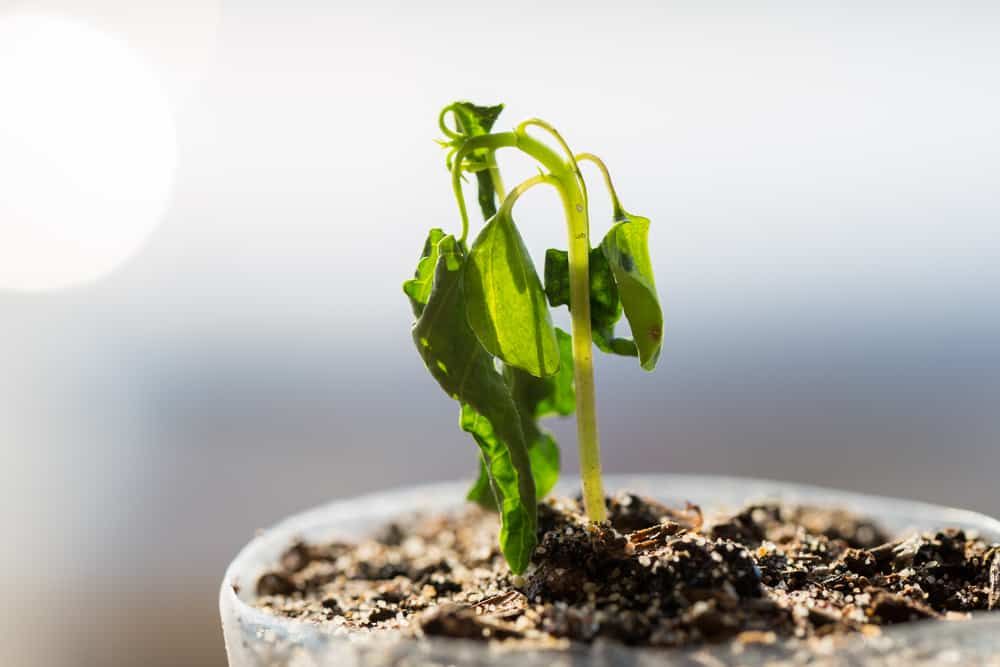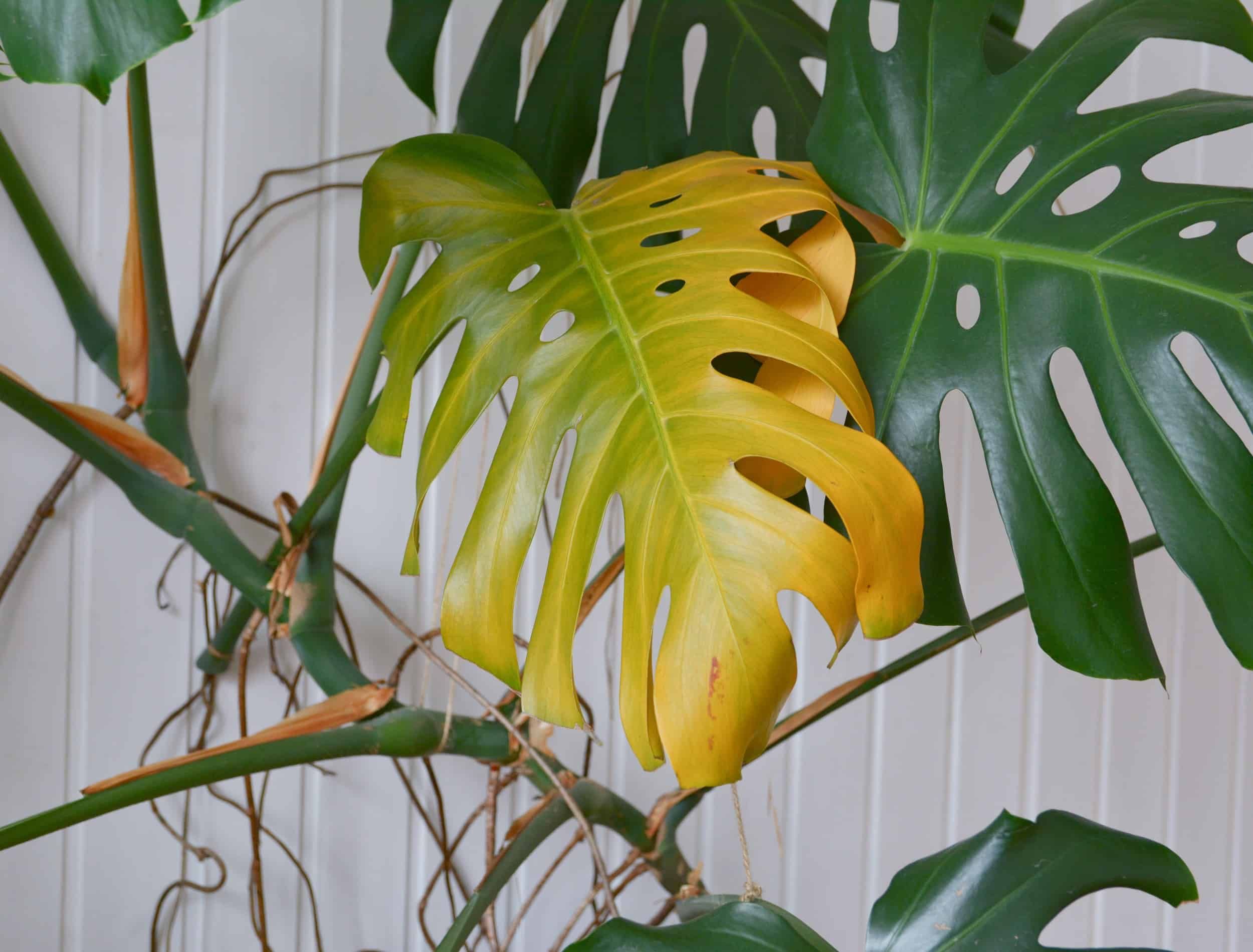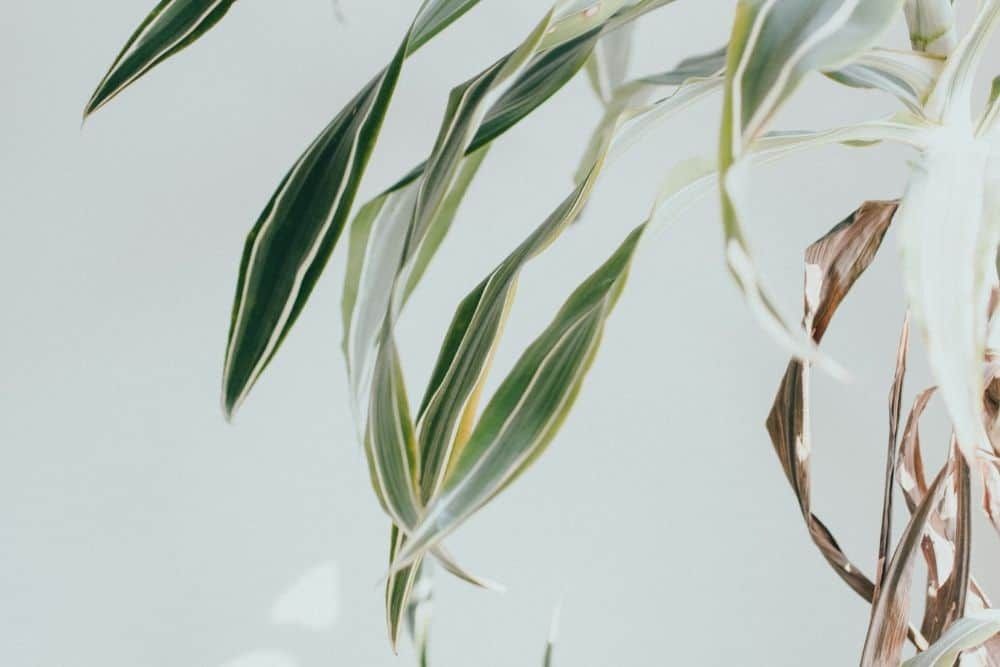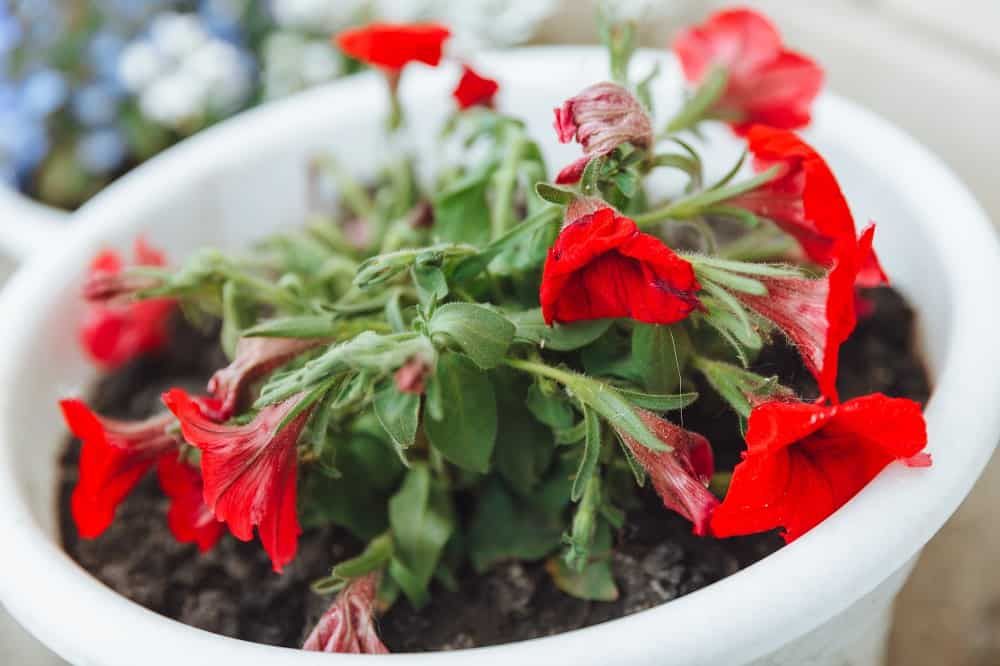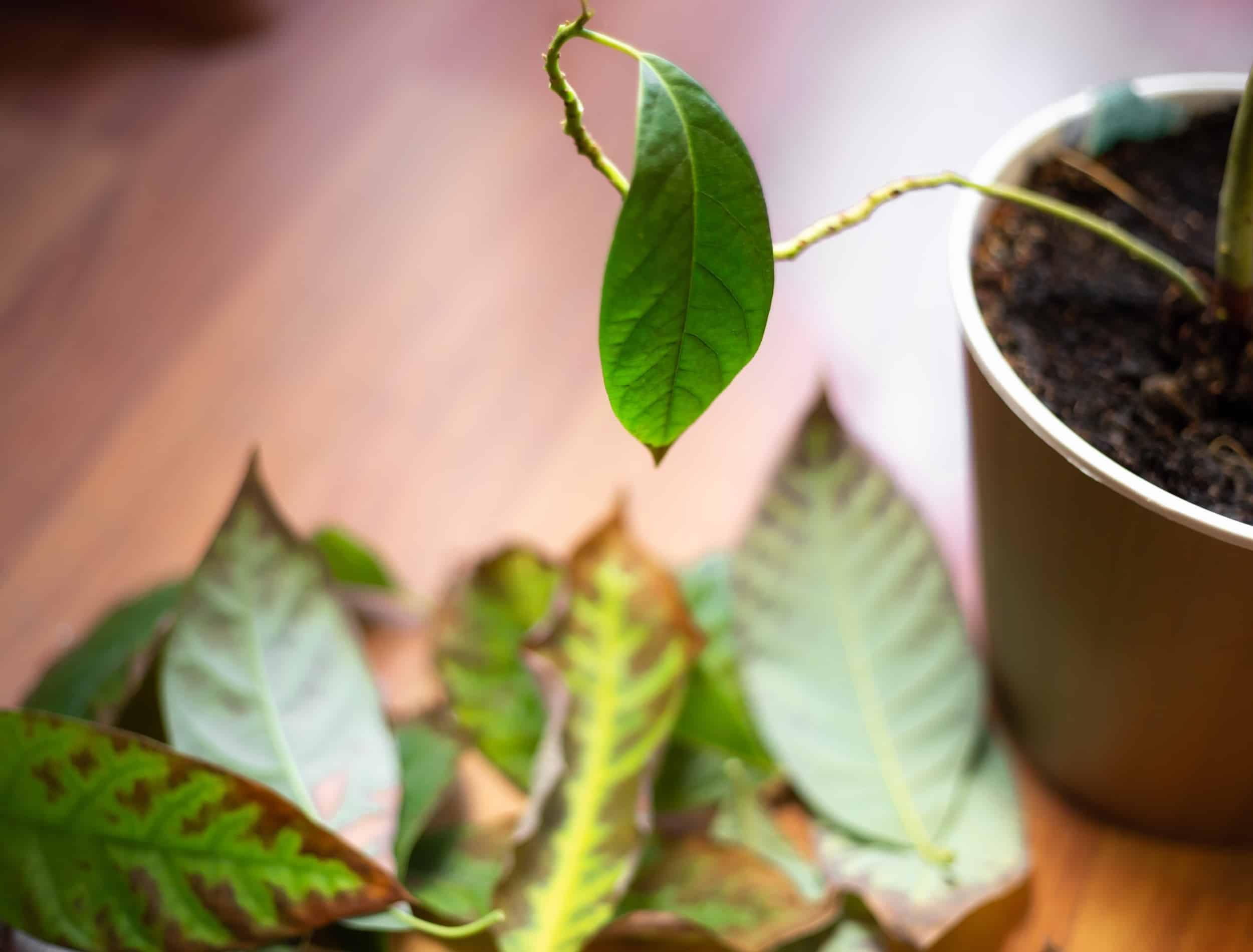How often have you ignored your plants, only to come home and find them wilted and drooping? Plants can't tell us when they're thirsty, but some definite signs indicate when they need water. If you know what to look for, you can give your plants the hydration they need before it's too late.
So, get ready to learn new tips and tricks, and start taking care of those plants! Here are five ways to tell your plant needs water:
Leaves Have Wilted or Droopy
Image credits: OhEngine via Shutterstock
If the plant's leaves have wilted or drooped, it's a sure sign that your plant needs water. If your plant's leaves begin to sag, immediately water the plant thoroughly. Plants typically need more water during the hot summer months, so keep an eye on them and water as needed.
If you let your plant's leaves remain wilted for too long, they will eventually turn brown and die. So, if you see wilted leaves, give your plant a good drink of water right away!
Leaves Are Turning Yellow
Image credit: Chodimeafotime via Shutterstock
If you notice that your plant's leaves are turning yellow, give it some extra water. The best way to do this is to water the plant deeply so that the water reaches the roots. It will help the plant to absorb more water and reduce stress.
Remember that each plant is different and will have specific watering needs. Some plants need more water than others. If you're not sure how much water your plant needs, check the label or ask a professional.
Overwatering your plant can also cause the leaves to turn yellow. It happens because too much water can drown the roots and prevent the plant from getting the oxygen it needs. If you think you're overwatering your plant, cut back on the amount of water you're giving it.
Leaves Are Browning or Crispy
Image credits: daniel james via Unsplash
You water your plants, give them plenty of sunlight, and fertilize them regularly. But then, one day, you notice their leaves are browning or even crisping up. More often than not, when leaves are browning or crisping, it's a sign that the plant is stressed and is not getting enough water.
If you see this happening, the first thing you should do is check the soil. Is it dry? If so, it's time to give your plant a good watering. If the soil is still moist, you may need to investigate other possible causes, such as too much sun or a lack of nutrients.
Once you've determined that the cause is indeed a lack of water, it's time to take action. Water your plant thoroughly, drenching the soil and don't just mist the leaves. If possible, try to water in the morning so that the plant has all day to absorb the moisture.
Whatever the cause of your plant's browning or crisping leaves, always err on the side of caution and give it a good drink of water. Your plant will thank you for it!
The Stem is Shriveled or Wrinkled
Image credits: Inna photographer via Shutterstock
Your plant needs water when the stem is shriveled or wrinkled. This is because the water in the soil has evaporated, and the plant is dried out. The leaves will also be drooping and wilting.
To hydrate your plant, give it a good soak in water. Let the water seep into the roots so the plant can absorb it properly. Then, wait for the soil to dry out before watering again. As mentioned above, overwatering can also be harmful to your plant, so make sure to only water when necessary.
Leaves are Falling Off
Image credit: Viktoria UA via Shutterstock
If you see your plant shedding its leaves, water it right away. If you don't, the plant could die. So, how much water does your plant need? It depends on the size of the plant and the conditions it's growing in. A general rule of thumb is to give your plant one inch of water per week. You can do this with a watering can, hose, or automatic sprinkler system.
If you're not sure how often to water your plant, check the soil before watering. If the soil is dry, it's time to water, but if it is still wet, wait a few days and check again.
When you water your plant, do it slowly and evenly. Sudden bursts of water can shock the plant and cause damage. Water the base of the plant first, then let the water seep through the roots. It will help ensure that your plant gets the water it needs without any problems.
Water, Before It's Too Late!
If you notice any of these signs, water your plant right away. The sooner you give it a drink, the better. Most plants can recover from being slightly dehydrated, but if they're allowed to get too dry, they could die.
So, next time you're wondering if your plant needs water, remember these five telltale signs. With a little love and attention, you can keep your plants healthy and happy for years to come.
Do you have any other tips for telling when a plant needs water? Share them in the comments below!


